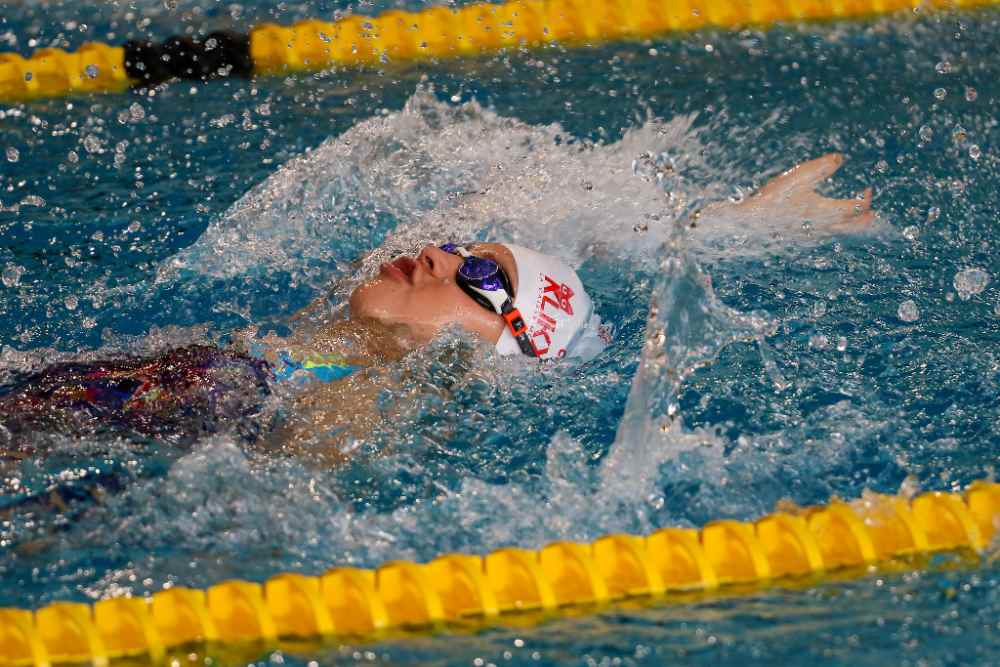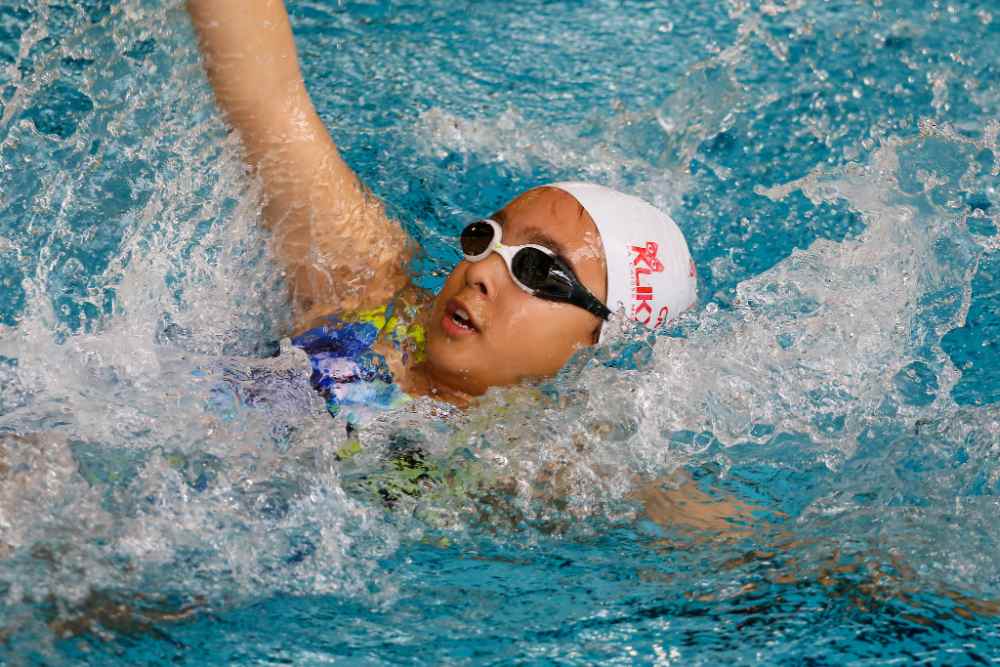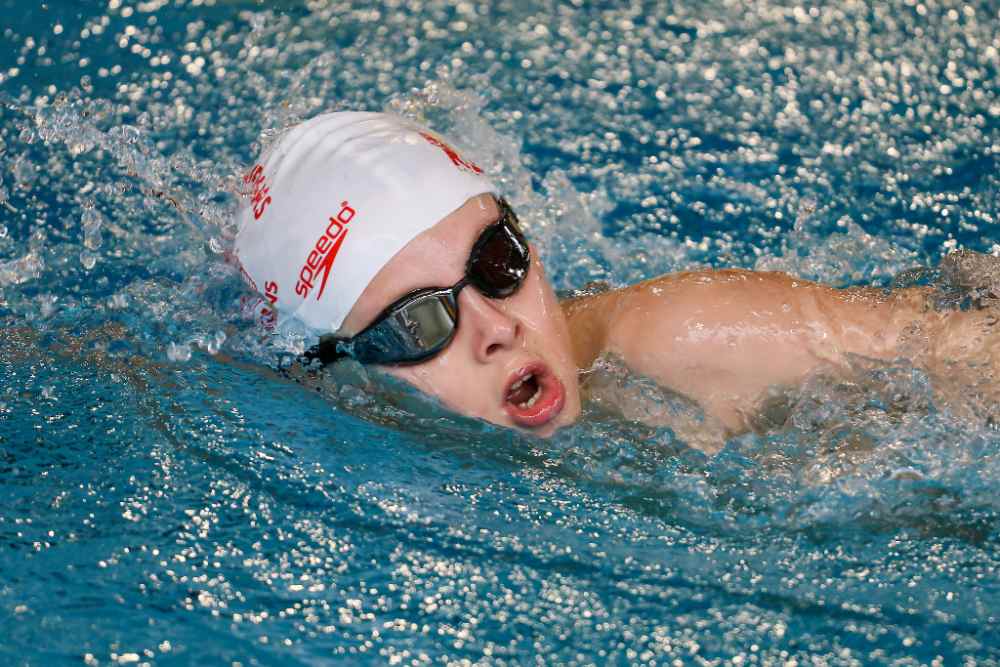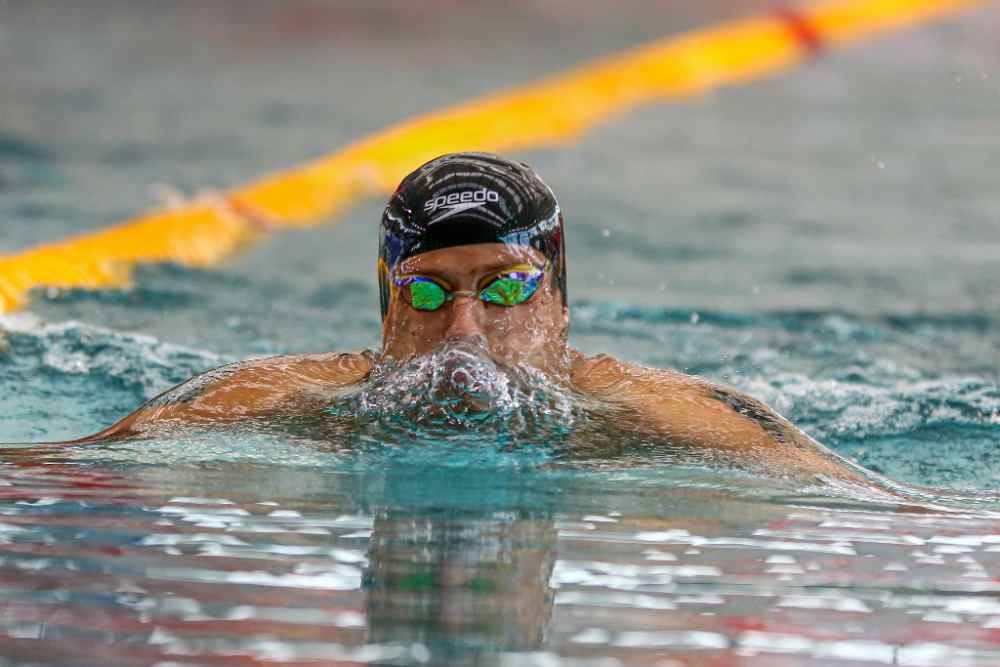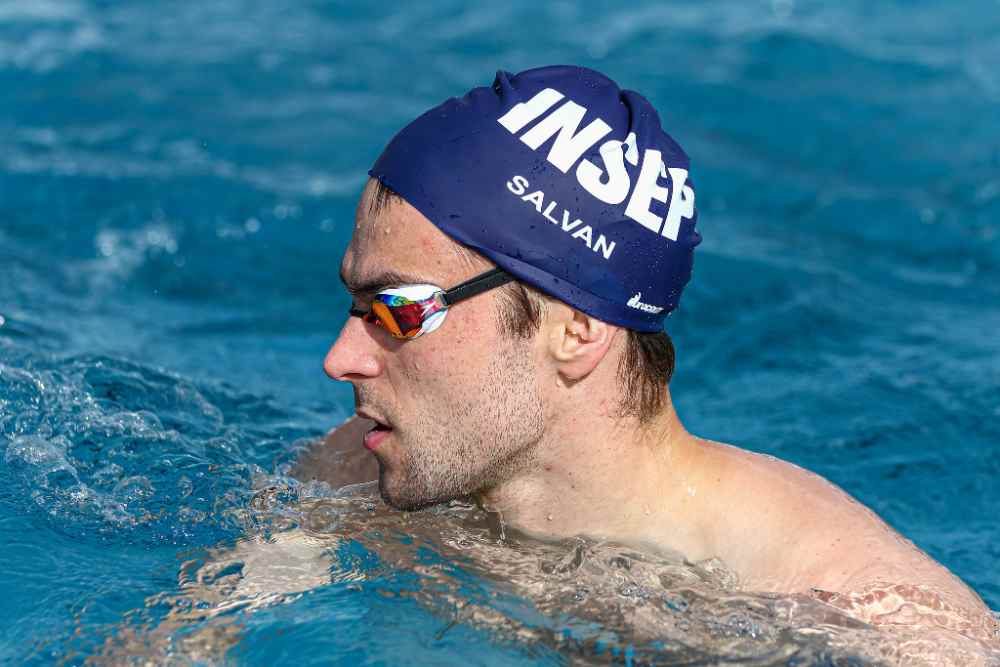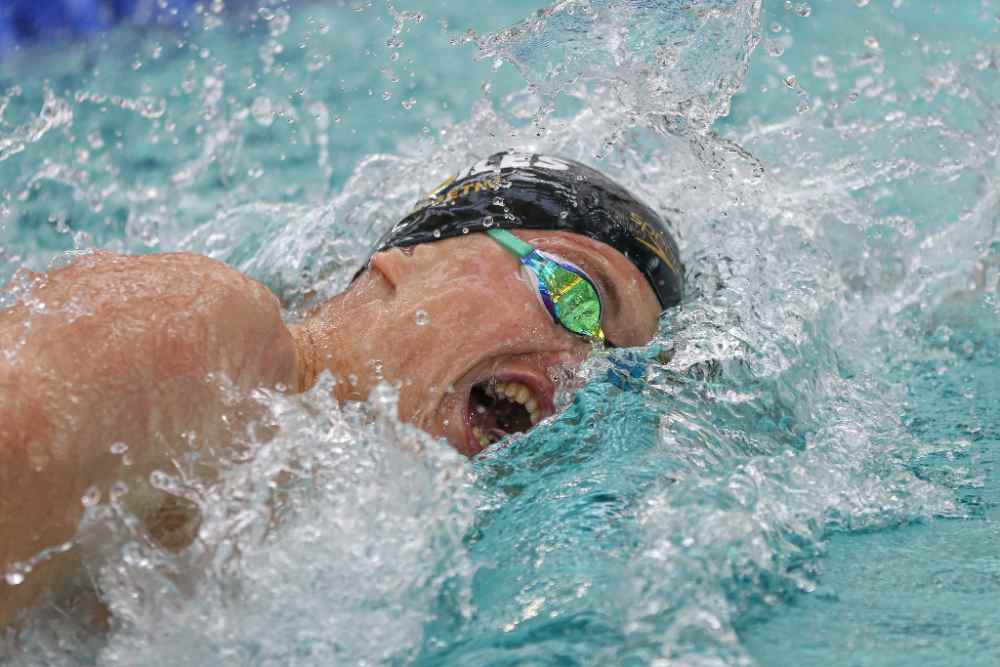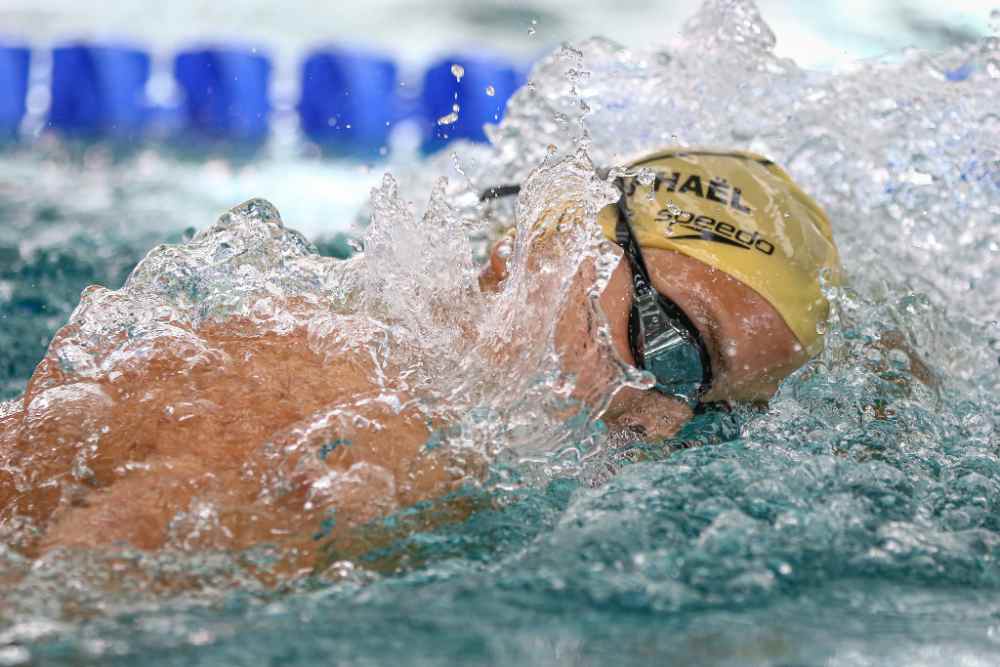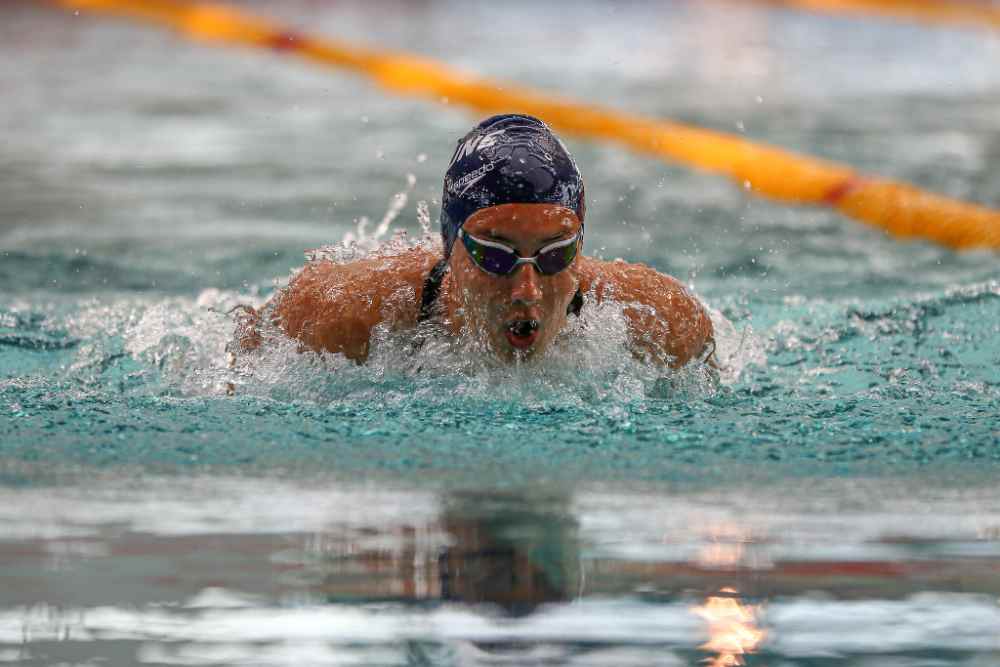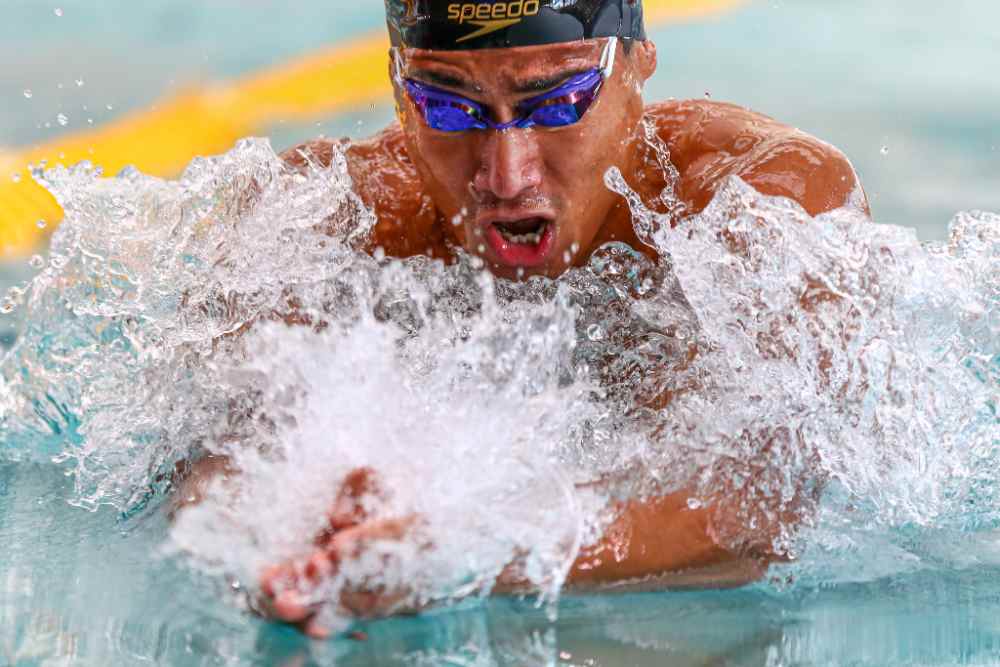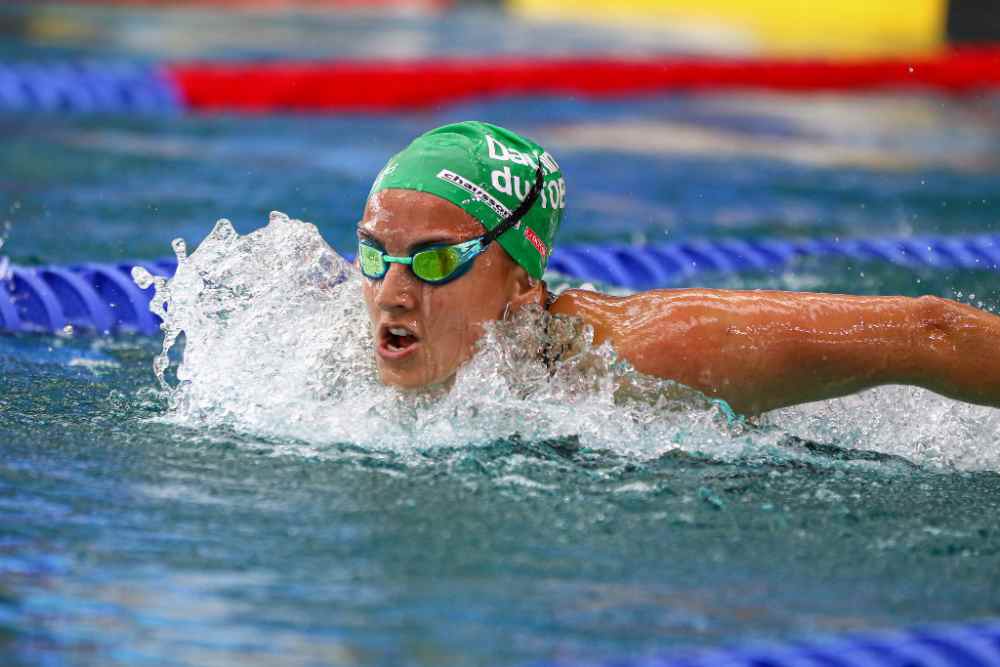The question of who invented swim goggles is a perennial one. Many have put the invention down to Fr Michael O’Flanagan, but there are a few others who deserve mention, too.
Here are the three men responsible for bringing the swimming helmet to life. And while these men had a different method for achieving this end, they were all pioneers of their own right. Read on for more information.
David Wilkie
Swim goggles and the swimming cap were invented by David Wilkie. Wilkie became an Olympic medalist in 1972 and 1976, winning two silver and a gold medal in the 200 meter breaststroke. His invention also helped improve streamline and speed while swimming.
He continued to work on swimming aids and technology throughout his career. In 1976, Wilkie published a book, David Wilkie, with authors Tommy Long, Pat Besford, and Athole Still. In 1977, Wilkie released his second book, Winning With Wilkie. In addition, he collaborated with swimming coaches Kelvin Juba and Athole Still to write a second book, Splash!
The first commercial goggles were created in the 1960s by swimmers. They had no sealing gasket and were made of hard plastic. The goggles often leaked, and were not a huge success. Nonetheless, they started a trend and many manufacturers soon came out with models that fit most faces. Eventually, many swimmers began using swim goggles for competitions and stayed competitive for a long time.
Swim goggles were invented to protect the eyes from salt water and chlorine, and helped swimmers remain in the water longer. Although they were invented centuries before Wilkie’s time, they did not receive a patent until 1936.
The first known use of swimming goggles is credited to Thomas ‘Bill’ Burgess, who used motorcycle goggles to swim the English/French Channel. While these goggles were not waterproof, they worked well for breaststroke.
Fr Michael O’Flanagan
A catholic priest, Fr Michael O’Flanagan was also an Irish republican and a staunch republican. Born on 13 August 1876 in Kilkeevan, Co. Roscommon, O’Flanagan was a son of Edward and Mary Flanagan, who had been active in the Fenian movement. He attended St Patrick’s College in Maynooth, where he won prizes for elocution, scripture, and natural science. He later invented swim goggles, a swimming accessory that is still used today.
A decade before O’Flanagan’s invention, the first swimming goggles were made of wood. He patented the goggles and they became popular in 1930. They were initially sold to local swimmers for seven pence, but were eventually produced as stand-alone swimming goggles. In 1926, O’Flanagan filed for a patent for a pair of underwater goggles that stood alone. These became increasingly common in the 1960s, but were not used in competitive swimming until 1972.
After visiting the USA in 1911, Fr Michael O’Flanagan started experimenting with a glass bottomed box and developed a face-shaped goggle. After a political career, he resumed development of face-shaped goggles, and a patent was filed on July 10th, 1926. Fr Michael O’Flanagan lived in Bray, Ireland, and put up a patent on the swim goggles.
Thomas Godfrey
Swim goggles are made to protect swimmers’ eyes while swimming. The first prototypes of goggles were not commercially produced until the 1960s. Before then, swimmers tended to avoid wearing them because they would cause eye irritation. However, in the 1970s, swimming goggles began to be used on competitive swimming courses and the idea caught on. By this time, many goggles manufacturers were copying Thomas Godfrey’s design.
Goggles are a very useful tool for swimming. They protect swimmers’ eyes from chlorine and salt water, allowing them to remain underwater for longer periods. Although the use of goggles dates to the 14th century, the idea of wearing goggles in water is not new. In fact, a 14th century book by James Dugan, Man Under the Sea, quotes a report by Ibn-Batuta about a pearl fishery in the Persian Gulf. The author states that sea turtle shell is polished to near-transparency, and that Polynesians used this material for goggles before Europeans introduced glass.
In the late 1950s, individual swimmers started making their own swim goggles. These first versions of goggles had a large rubber seal and a double-lens glass. However, they didn’t catch on with swimmers and did not receive widespread recognition. By the 1950s, however, a large number of swimmers were using rubber goggles with double lenses. While these first versions of goggles were not immediately popular, they did improve swimmers’ vision and improved their overall performance in the water.
